Conversations that Count: Appreciative inquiry and cascading conversations
 Thursday, May 24, 2012 at 8:00AM
Thursday, May 24, 2012 at 8:00AM
Are you reading what I’m writing?
One of my favorite theoretical concepts is that of linguistic determinism, or the idea that language and its structures limit and determine human knowledge or thought. Our classic Minnesota example is the various types of condensation we encounter in the winter, being able to refer to the white stuff as slush, wintry mix, and sleet, whereas others in warmer climates might only be able to name it snow. The idea that we can only understand the purposes or capacities of items insofar as we have been introduced to them should urge us to dream up new ways to relate to and interact with everything around us. It matters not only to our ability to repurpose vases as drinkware when the rest of the dirty cups are in the sink, but also to the creativity and vision we can have for our lives and the communities we call home.
“The Good Life in Minnesota”
I have recently been in multigenerational conversations where it’s been posited that the rising generation may lack the ability to envision a better future. In 1973, former Governor Wendell Anderson graced the cover of Time Magazine with the tagline “The Good Life in Minnesota.” It was a time when Minnesota was known as “the state that works,” where institutions of all kinds were strong and lasted, government worked and was trusted, and people bowled together. Nowadays we have seen longstanding institutions crumble, increased mistrust of government and political parties, and the collapse of our physical infrastructure. Because Millennials haven’t personally seen or experienced that kind of societal success, will we be less imaginative? Inquiring minds want to know: how can Generation Y possibly envision something they themselves have not witnessed firsthand?
An image of the future
 Originally coined by David Cooperrider, the appreciative inquiry model focuses on the best of what already is, in order to create better results in the future. As a methodology, it is a transformative approach toward change designed to embark on the search for the best in people, their organizations, and the world around them. Traditional models of problem-solving and assessment often follow a linear path: identification of problems, analysis of causes, analysis of possible solutions, and action planning to apply said treatments. The distinction is that identifying our problems is not the same as identifying what we want to create instead.
Originally coined by David Cooperrider, the appreciative inquiry model focuses on the best of what already is, in order to create better results in the future. As a methodology, it is a transformative approach toward change designed to embark on the search for the best in people, their organizations, and the world around them. Traditional models of problem-solving and assessment often follow a linear path: identification of problems, analysis of causes, analysis of possible solutions, and action planning to apply said treatments. The distinction is that identifying our problems is not the same as identifying what we want to create instead.
Change begins with an image of the future. As the saying goes, if you can see it, you can achieve it. If we can turn our attention toward what is already working in Minnesota, recognize the wide-ranging strengths of its rising generation, and imagine vivid possibilities for the future, we have already expanded Minnesota’s resulting potential for success.
“Our Minnesota” Cascading Conversations Tour
A network of emerging leaders, Minnesota Rising works to build relationships, trust, and a shared vision for Minnesota and focuses on developing the collective capacity of this generation for impacting Minnesota’s future. Our recently launched Cascading Conversations Tour is an attempt to discover what we have in common, to learn about what’s working in Minnesota that we can build on, and to uncover how we can work individually and collectively to achieve the future we desire. Through one-on-one conversations, “Our Minnesota” is connecting people across the state to discuss their values and visions for Minnesota’s future and to share how they could make that future a reality. Over the course of two years, the number of conversations will grow exponentially as each person invited to share their ideas is asked to continue the conversation with another person, growing an ever-expanding network of people who will ultimately build “Our Minnesota” together.
Are you envisioning what I’m imagining?
Our vision is that we can collectively recognize what resources we have and are and then imagine what our generation might be able to accomplish together and be to each other. I invite anyone and everyone who thinks this matters to join us in these conversations. Not only will these conversations help us dream up the kind of change we want to co-create, but they, in and of themselves, will be the change we are seeking—people connecting on common ground across all kinds of differences. My hope is that it results in the sense that your and my self-interests are in Minnesota’s best interests. What’s your vision for a better Minnesota?


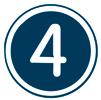 Want to Give 4 Good?
Want to Give 4 Good?.JPG)

.JPG)
.JPG)
.JPG)




.JPG)

.JPG)
.JPG)
.JPG)






 Greetings!
Greetings!



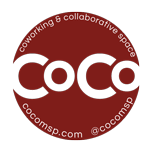
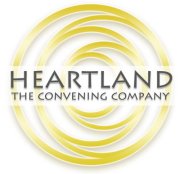


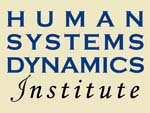
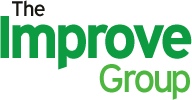
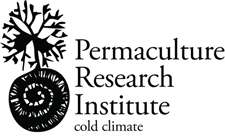
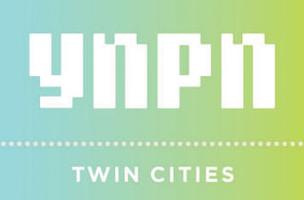


 Greetings! Students Speak Out is starting a new project, and we want YOU to be a part of it. In fact, we're offering $150 stipends to 5-7 teens who are selected as lead panelists. Read on!
Greetings! Students Speak Out is starting a new project, and we want YOU to be a part of it. In fact, we're offering $150 stipends to 5-7 teens who are selected as lead panelists. Read on!



